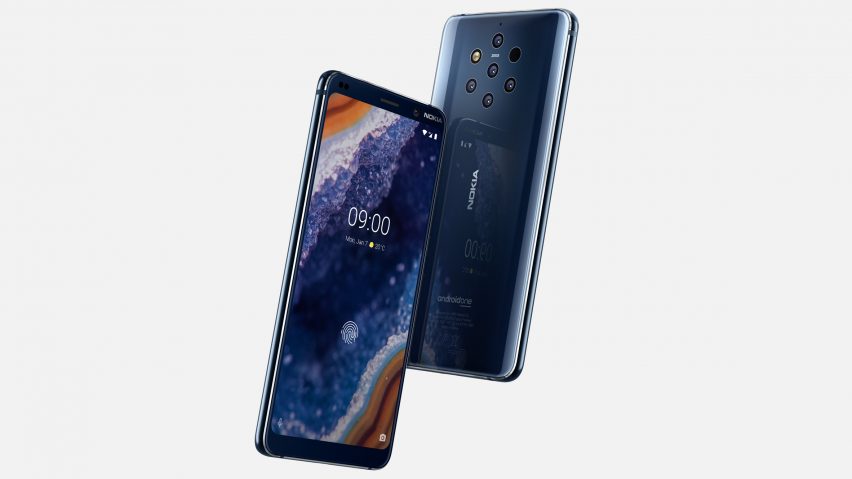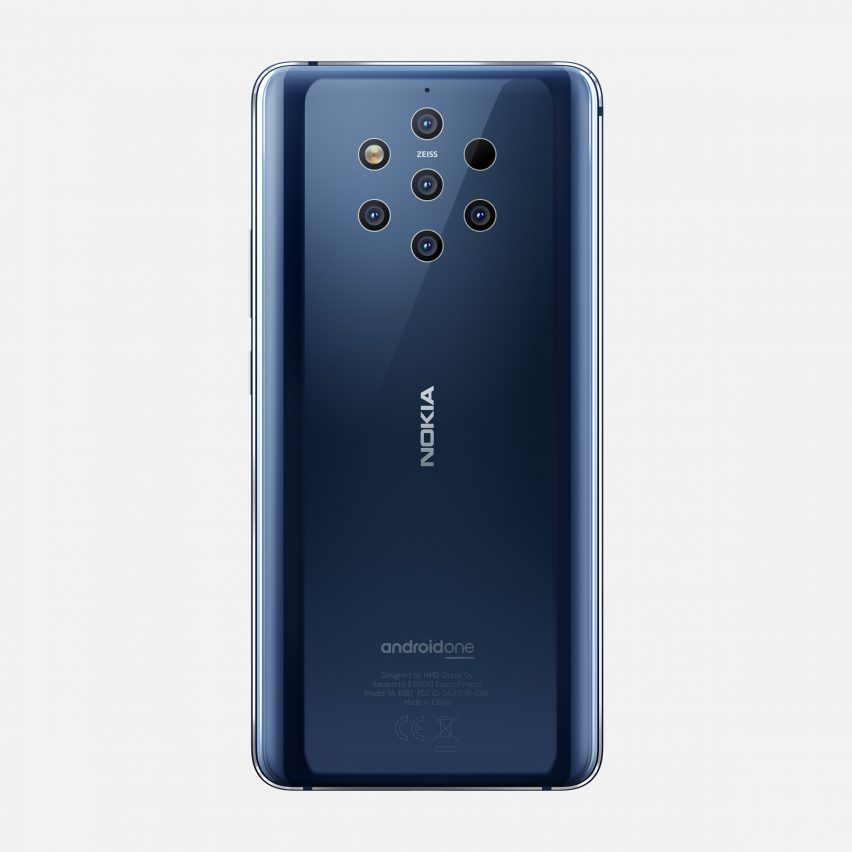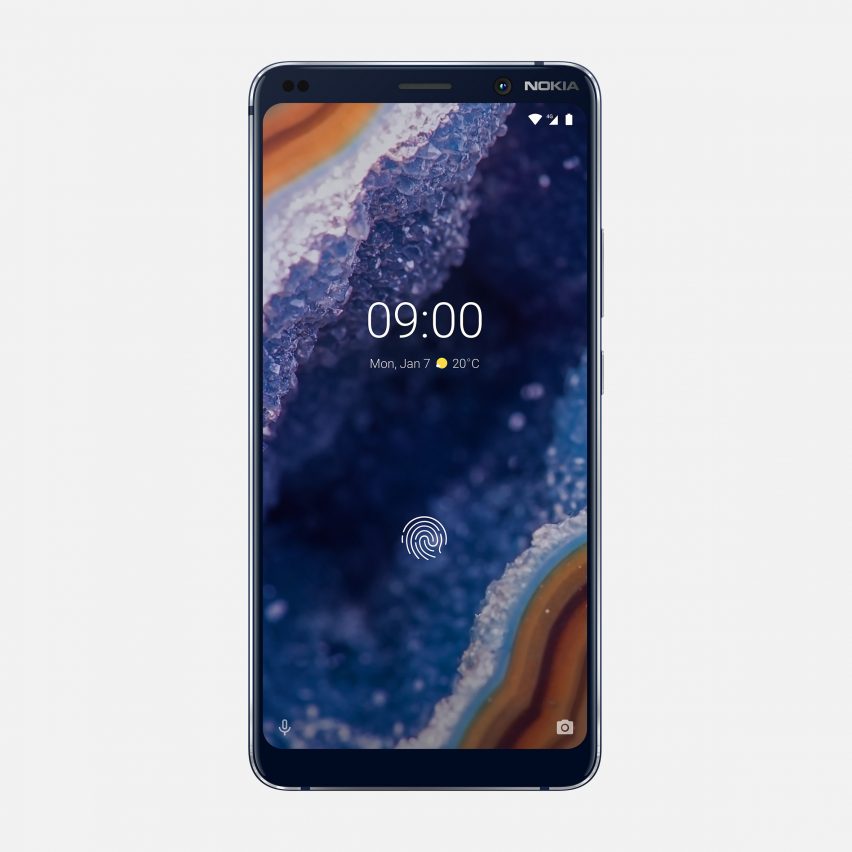
Nokia 9 PureView smartphone is the first to take photos with five cameras
The latest Nokia smartphone features five rear cameras, in a move meant to entice photography enthusiasts who want to do advanced editing.
Finnish company HMD Global, owners of the Nokia brand, launched the Nokia 9 PureView at the Mobile World Congress (MWC) trade show in Barcelona last week.
The phone is distinguished by its five-lens array, arranged in a hexagonal shape on the back of the device. All five 12-megapixel cameras operate each time the user takes a photo, combining to produce one image with increased detail compared to those from other smartphone cameras.
This system becomes advantageous when photo editing. With more information in areas of light and shadow, users are afforded greater possibilities for post-production. They also gain more control over depth of field.

The effect is supposed to approximate the capabilities of a DSLR camera, minus the bulk.
"Today we use our heritage of innovation to take a bold step — pioneering a truly innovative approach to imaging with the Nokia 9 PureView," said HMD chief product officer Juho Sarvikas. "We believe great experiences should be available to everyone."
The Nokia 9 PureView phone combines Zeiss lenses with technology developed by US company Light, which previously released a compact 16-lens camera called the L16.
Both products work on the same principle — an algorithm picks the best base photo captured from the array, and then layers in the results from the other lenses to enrich the image.
But while the L16 was a novelty, Light's real goal has been to integrate the technology into smartphones.
Within the Nokia 9 PureView, Light's technology has been adapted around five camera sensors — two colour and three monochromatic — with an infrared sensor for depth reading.
Under- and over-exposed images are combined to produce one photo with high-dynamic-range (HDR), where there is detail in both areas of light and shadow.
The aim is to give users more scope to tweak elements like contrast, exposure and white balance, as well as control the depth of field where they want to blur the background of images.

The raw digital negative file format is used in conjunction with the Adobe Lightroom app to enable advanced photo editing directly on the phone.
The Android smartphone produces images with up to 12.4 stops of dynamic range, meaning the amount of light that the sensors can read, and resolution of up to 240 megapixels.
Nokia was sold to Microsoft in 2014 and then bought back in 2016, with the company trading as HMD Global but marketing its phones under the Nokia brand.
Since 2016, the company has made a number of high-profile and trend-bucking moves, including rereleasing its basic 3310 handset in 2017. It brought back the 8810 "banana phone" at last year's MWC.
For other smartphone makers, 2019's MWC was the year of the foldable screen, with both Huawei and Samsung launching their take on the concept.